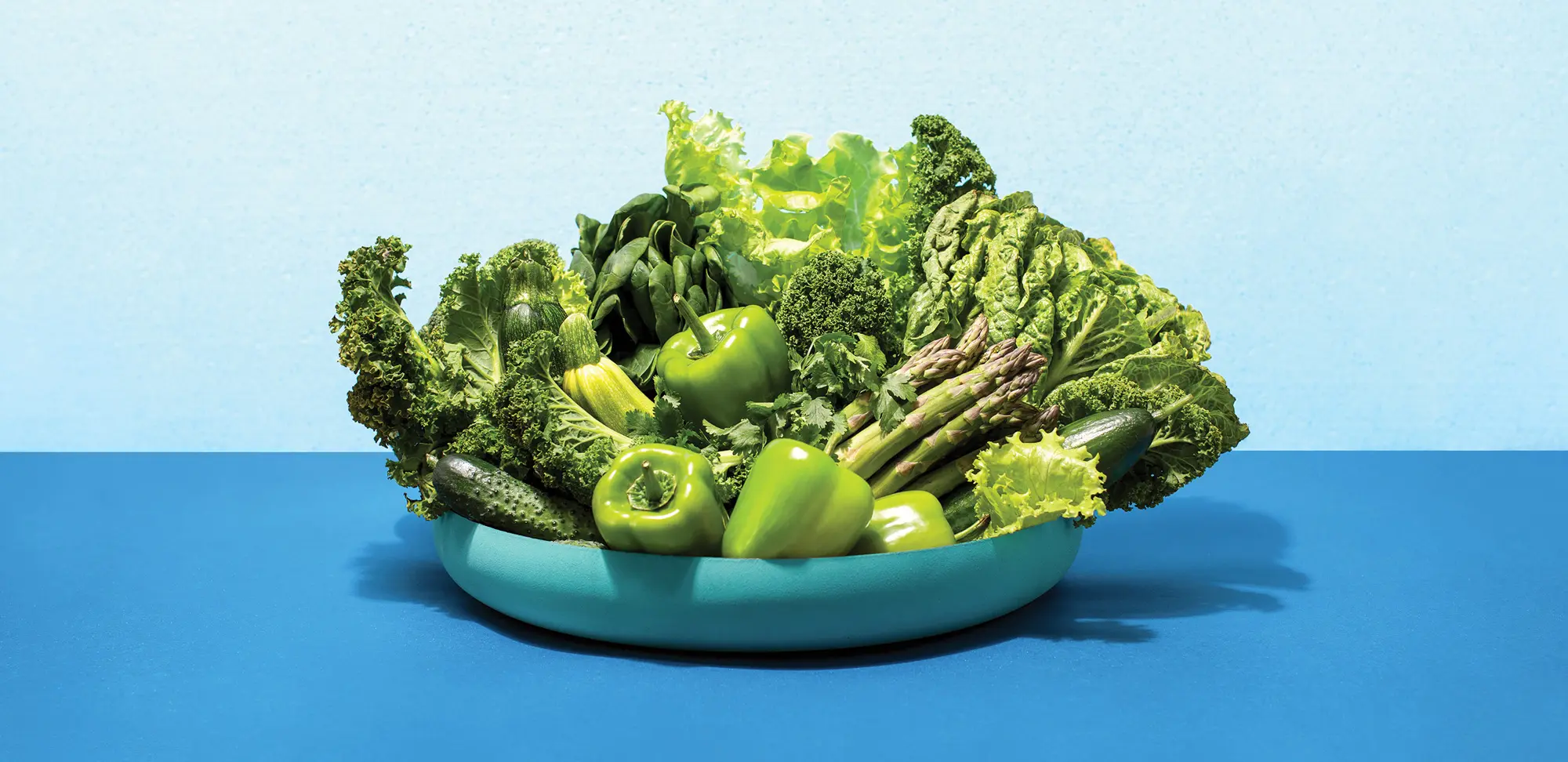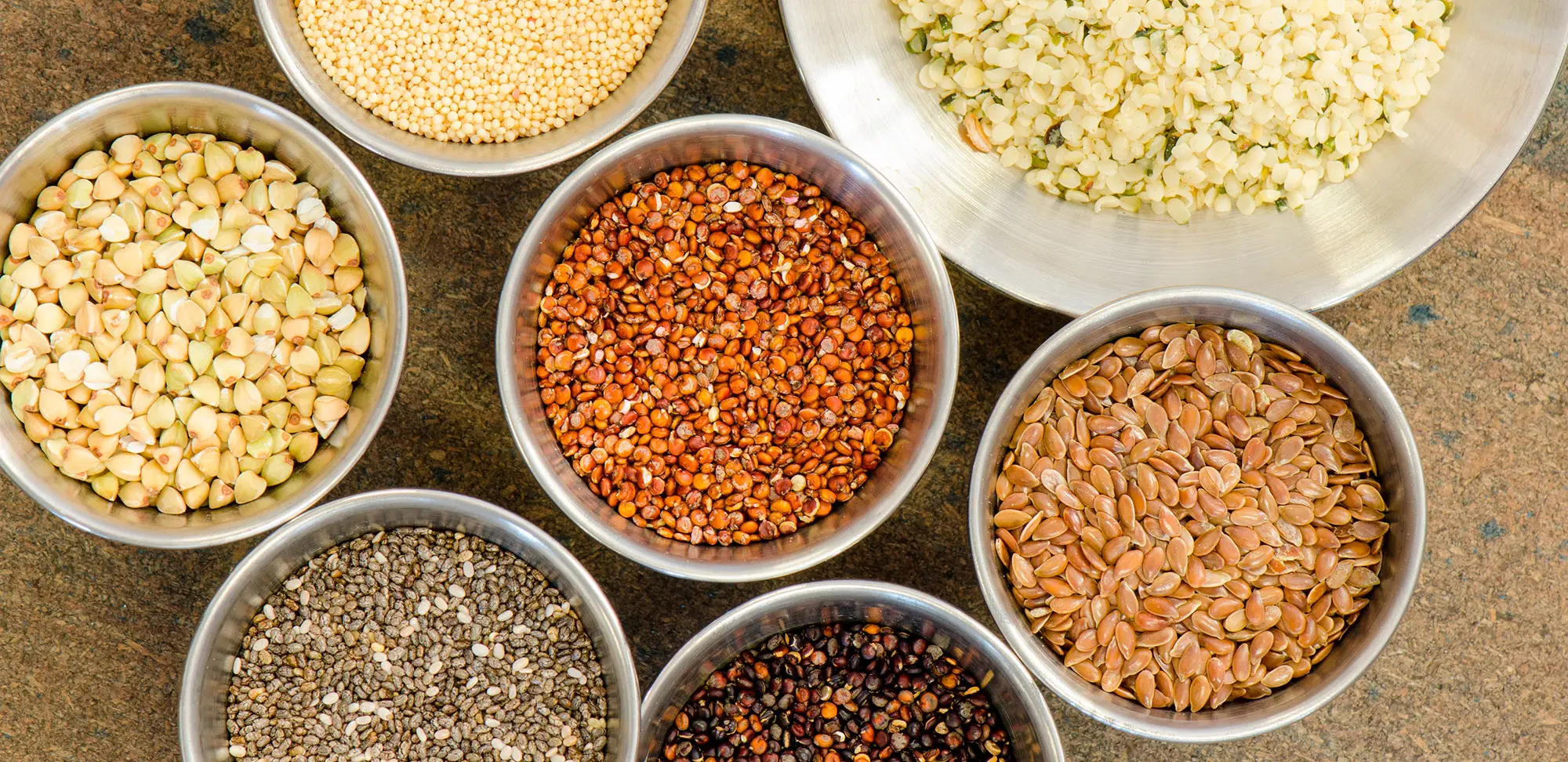Summer’s finally here, and our markets and gardens are brimming with produce at both their peak taste and nutritional high point.
Nothing beats the taste of a freshly picked vegetable — think biting into a juicy, plump tomato fresh off the vine. (OK, technically tomatoes are a fruit but …)
Well, I hate to rain on your parade, but some of these fresh vegetables actually deliver a bigger nutritional boost after being lightly cooked.
For example, while tomatoes are rich in lycopene, a powerful antioxidant linked to a lower risk of some cancers and with heart-healthy properties, the lycopene in tomatoes does its job best after the tomato is cooked or processed. So, value tomato paste, tomato sauce, tomato juice and even ketchup for their lycopene richness. And since we absorb lycopene better when it’s eaten with a fat source, don’t hesitate to lightly sauté juicy cherry tomatoes and garlic in olive oil before tossing with pasta.
It’s not just tomatoes that add more healthy compounds when cooked. Here are a few more:
Spinach, beet greens and chard have all the goodness of leafy dark-green vegetables, including their high calcium content. However, the calcium is not easily absorbed because the greens contain a load of oxalic acid, a natural compound that binds and blocks the absorption of calcium in the gut. When you cook your greens, however, the heat breaks down the bond, making the calcium more available for your body to absorb. In addition, cooking also breaks down some plant cell walls, releasing some more of the important nutrients.
Toss baby spinach leaves into a tomato-based pasta sauce or your hot cooked rice. Sprinkle a soup with chopped raw greens or add sautéed Swiss chard to your scrambled eggs or omelettes.
These dark greens are also a good source of iron. But the iron from vegetables is non-heme iron, which is not as well absorbed as the heme iron found in animal products such as lean red meat. However, having a source of vitamin C such as orange juice, berries, red peppers or melon at the same time will boost your absorption of this non-heme iron. When a raw spinach salad is on the menu, add strawberries or orange slices.
Carrots are a great source of carotenoids, antioxidants that give them their bright orange colour. They’re also low in calories and rich in beta-carotene, potassium, fibre and more. Surprisingly, cooking carrots until tender increases the concentration of their carotenoids, compared to eating them raw. Make a carrot or mixed vegetable soup, roast them, add to stews, or grate and add to pancakes or muffins.
Mushrooms are also better cooked than raw because cooking boosts their antioxidant activity. Fortunately, most of us prefer sautéed mushrooms anyway! Wrap them in foil and heat them on the barbecue.
So, should you give up enjoying fresh vegetables altogether? Nope! Just consider eating more cooked vegetables. There is solid evidence that eating lots of vegetables guards against high blood pressure, heart disease, stroke, eye problems and some cancers. These benefits come from their cache of vitamins, minerals, fibre and protective plant chemicals. So, snack on raw carrots and peppers during the day or have a summer salad, but be sure to include some lightly cooked vegetables on your daily lunch and/or dinner plate.











